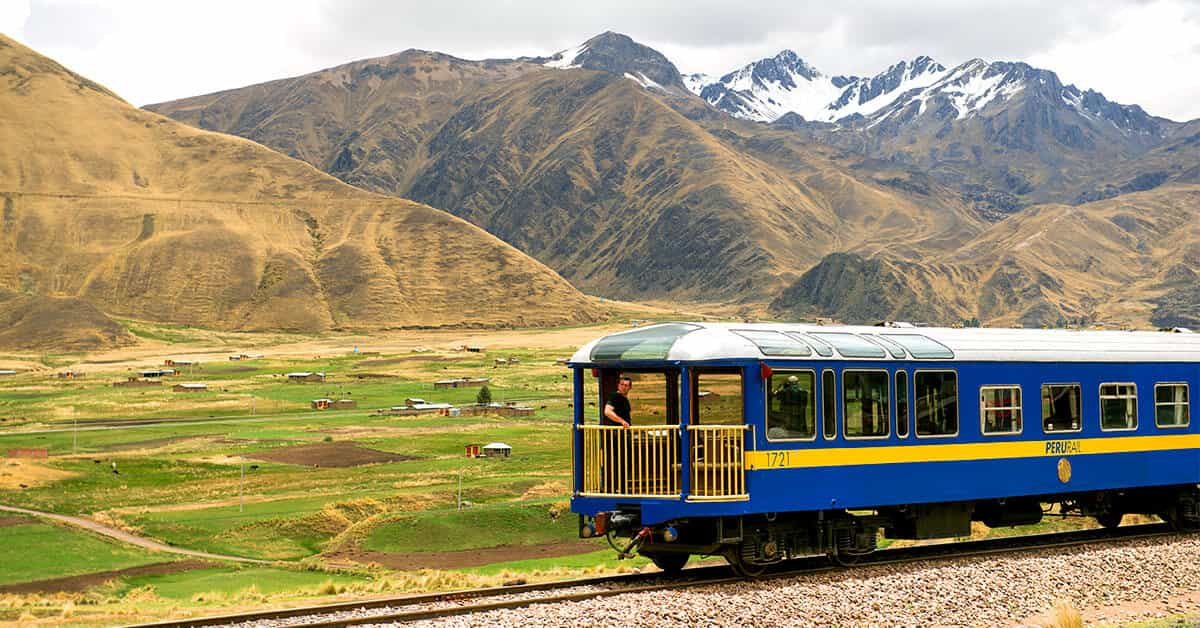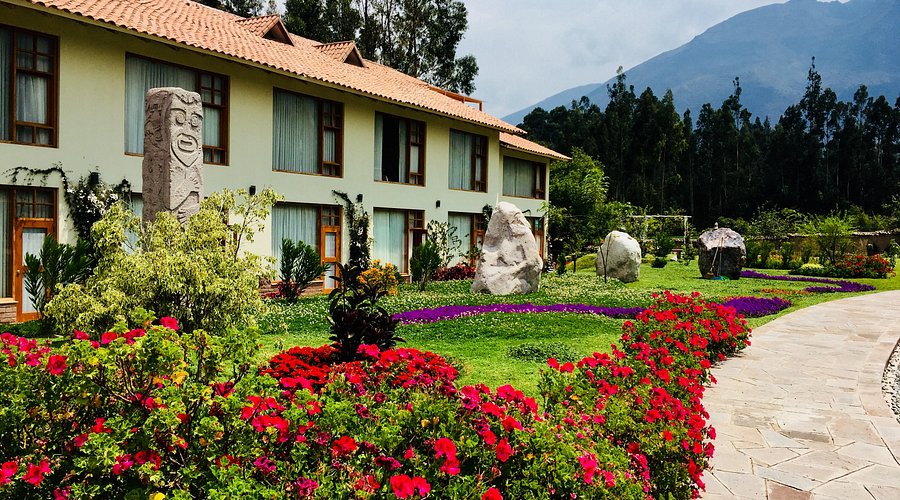Planificar un viaje a Perú en 2026 implica coordinar inteligentemente vuelos internacionales y domésticos, elegir alojamientos adecuados al estilo de viaje y gestionar un presupuesto equilibrado para aprovechar […]
Popular Posts
Trending Posts
Recent Posts
Editors Choice
Hospedajes con jacuzzi y vista a las montañas en Cusco y el Valle Sagrado
Después de una jornada explorando los vestigios incas, recorriendo senderos milenarios y descubriendo mercados llenos de color, nada reconforta más que sumergirse en aguas calientes mientras el cielo […]
Turismo gastronómico: las mejores rutas para probar el verdadero sabor del Perú
Perú ha sido reconocido como el “Mejor Destino Culinario del Mundo” por decimosegunda vez consecutiva en los Premios Mundiales de Viajes 2024, consolidándose como un epicentro gastronómico global. Con más […]
Top agencias de viajes online para recorrer el Perú con seguridad y respaldo
La reserva de tours en Perú a través de plataformas online confiables es fundamental para garantizar seguridad, autenticidad, y protección del consumidor. Con millones de viajeros visitando Perú […]
Mejores tarjetas de crédito para acumular millas y viajar por el Perú
Para viajeros frecuentes en Perú, la selección estratégica de tarjeta de crédito puede significar la diferencia entre pagar tarifas completas y acceso a millas aéreas gratis, upgrades de […]
Turismo sostenible en la Amazonía peruana: cómo viajar sin dañar el ecosistema
La Amazonía peruana es uno de los ecosistemas más críticos del planeta, hogar de más del 10% de todas las especies conocidas en el mundo y un regulador […]
Viajar en tren por Perú: guía de precios, rutas y experiencias premium
El viaje en tren por Perú combina conveniencia, comodidad y espectacularidad, ofreciendo desde opciones económicas hasta experiencias de lujo de clase mundial. La red ferroviaria peruana conecta destinos […]
Cómo invertir en alojamientos turísticos en Cusco y el Valle Sagrado
Cusco y el Valle Sagrado representan una de las oportunidades de inversión hotelera más prometedoras de Latinoamérica en 2026, respaldadas por factores como la recuperación total del turismo […]
Los mejores seguros de viaje para visitar Machu Picchu y el sur del Perú
El viaje a Machu Picchu y el sur de Perú requiere protección especializada debido a los riesgos únicos de altitud, terreno remoto y disponibilidad limitada de servicios médicos. […]
Turismo de lujo en Perú: los destinos más exclusivos para 2025
El turismo de lujo en Perú experimenta una transformación significativa en 2026, con una creciente oferta de experiencias exclusivas que van más allá de los iconos tradicionales. La […]








